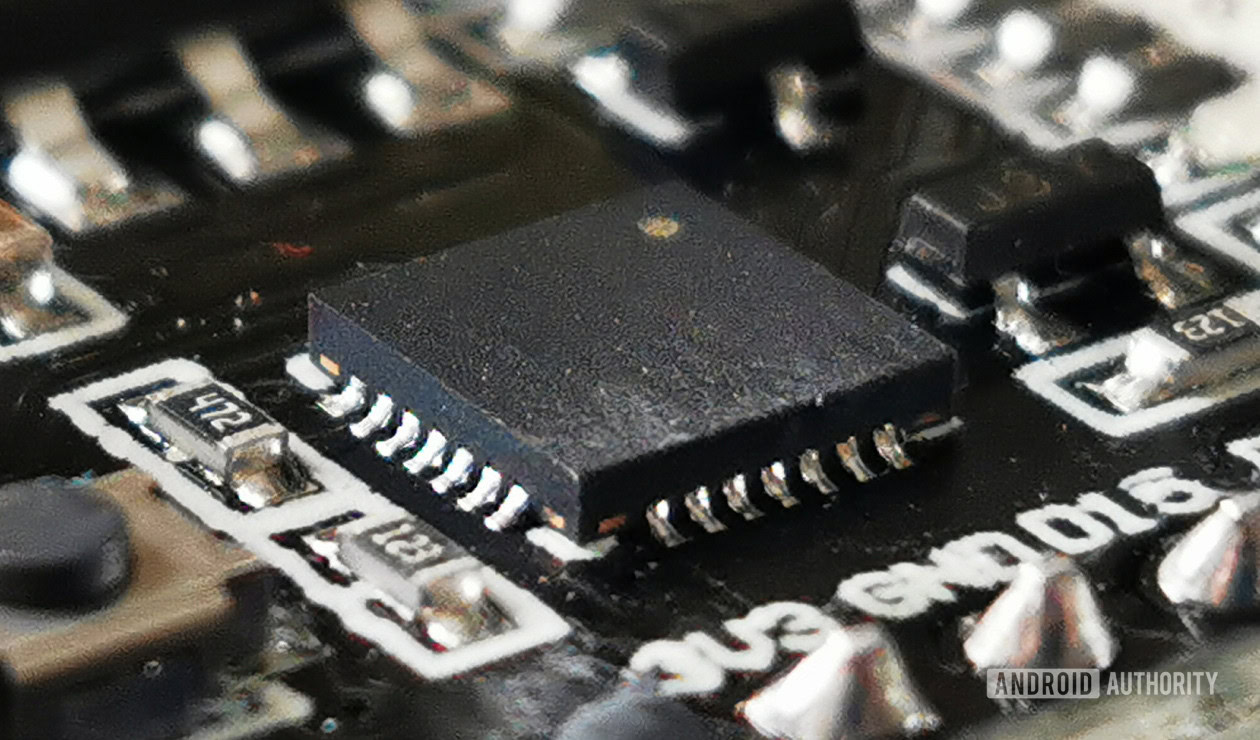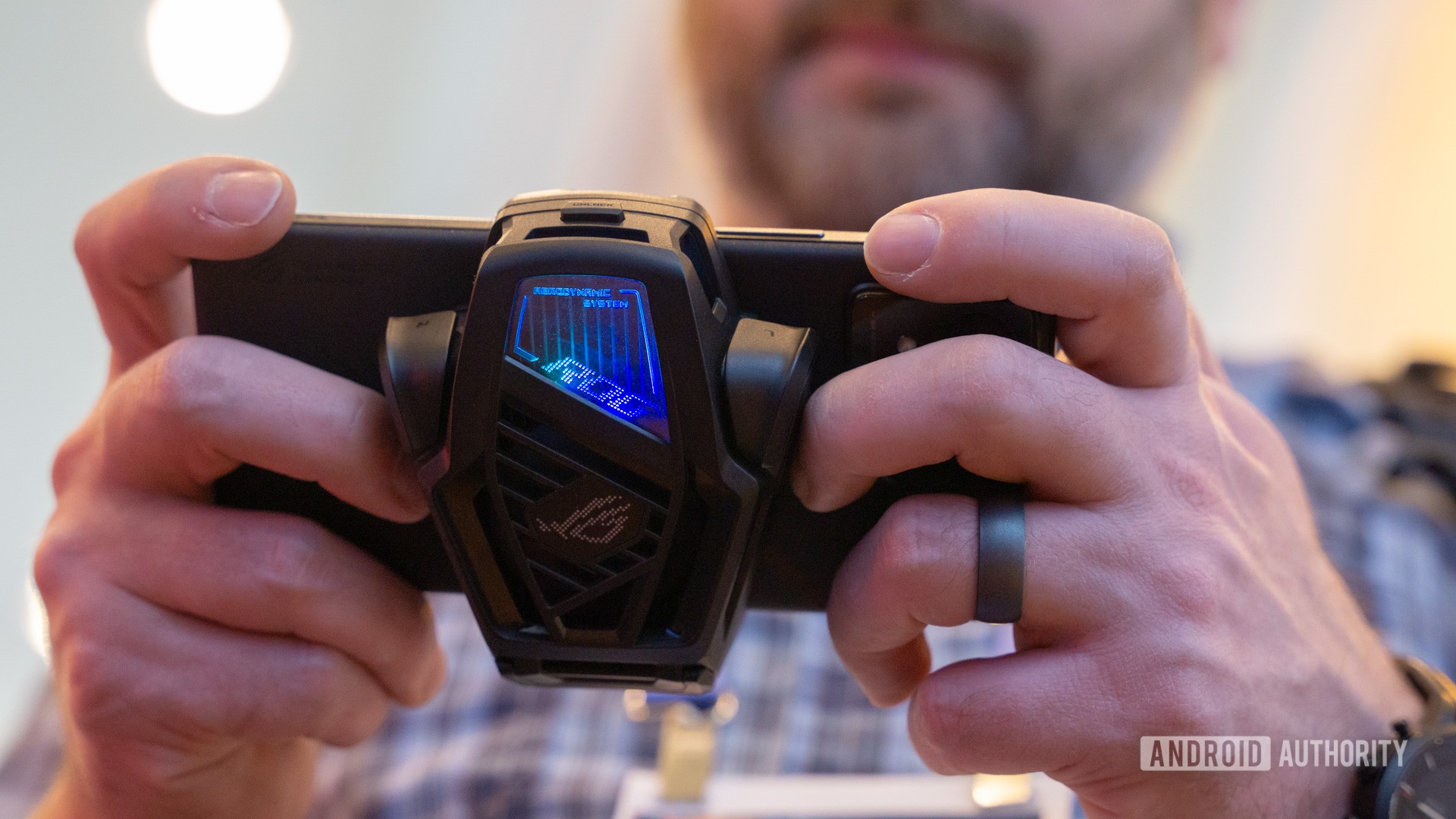Affiliate links on Android Authority may earn us a commission. Learn more.
Need for speed: how much faster are modern phone processors
Published onJune 15, 2019

We’re finally living in an age where smartphone performance isn’t something we have worry about anymore, at least in premium tier products. High performance is available on a limited budget, thanks to phones like the Pocophone F1 and manufacturers including OnePlus, HONOR, and Xiaomi. We’re also innodated with new smartphone SoCs every year that help to make all this possible, but it’s not so clearcut as to whether these new cost-effective chips are more capable than older high performing models. In other words, would your money be better spent on an aging flagship or a new mid-range phone?
To help figure this out, we’ve grabbed historic data for a range of popular smartphone SoCs across the Snapdragon, Exynos, Kirin, and Helio product lines. I’ve condensed these into a couple of handy graphs below, the first showing the performance range by SoC release year and the second detailing the results by chipset.
Where old performance meets new
First up, let’s check out the range of performance on offer from smartphone SoCs over the years.
There are a couple of trends worth noting here. Overall performance in the premium tier is accelerating at a steady pace. Meanwhile, the worse performing chips have remained much more consistently poor. The gap between premium and the low end has increased substantially in recent years. As a result, the range of mid-tier performance has grown substantially. Fortunately, recent mid-tier chips offer performance that surpasses 2016 flagship SoCs and are quickly approaching 2017 flagships.
Today's best mid-range SoCs are comparable to 2016 flagship performance.
This is reasonably good news for the mid-tier, as 2016 flagship smartphones certainly weren’t slow running most day-to-day apps. Although they can feel a little sluggish today, particularly when it comes to gaming. There’s still a bit more room to grow before mid-tier chips hit the point of diminishing performance returns, but they are in the sweet spot to fly through the most common apps. This is thanks in part to the decline in octa-core Cortex-A53 CPUs in favor of bigger, albeit older, Cortex-A class cores.
Sadly GPU performance is stuck further in the past. Mid-tier chips fall on either side of flagship performance from 2016, but most are notably behind. This isn’t terrible as mid-range chips still handle casual games. But given the acceleration in high-end GPU performance, this is a noticeable weakness in today’s cheaper phones. If you’re a serious gamer playing more demanding titles, mid-range 2019 SoCs are still likely to be a disappointment.
Looking at the chipset scores
If you’re interested in specific chips, look no further than Qualcomm’s Snapdragon 700 and latest 660 series entries for cost-effective performance that rivals old flagship smartphones. These are the only mid-range chips around that surpass the graphics performance of 2016 flagship smartphones. Unfortunately, newer mid-range Samsung Exynos models like the Exynos 9610 and MediaTek’s Helio P series are all still lagging in this regard.
Fortunately, most mid-range SoCs from 2018 onward have moved to more powerful CPU core configurations, producing a notable boost in general app performance. 2016’s Cortex-A73 is a popular, cost-effective choice, offering big CPU gains. Some models have even moved onto more powerful Cortex-A75 and A76 (see the new Snapdragon 675) for even bigger CPU gains that rival last year’s flagships.
Turning back to the high-end, we can see the huge CPU single core performance gains made by these Arm cores. Last year’s Cortex-A76 included a major microarchitecture revision to bridge the gap with laptop grade performance. As a result, today’s highest-end CPUs, such as the Snapdragon 855 and Kirin 980, eclipse designs from a few years ago in benchmark scores and can certainly handle anything that we throw at them. Interestingly, Samsung own Mongoose architecture in the Exynos 9810 showcased the performance potential in mobile CPUs in 2017. Although, doubling benchmark scores hasn’t translated into twice the tangible day-to-day performance versus 2017 handsets.
Flagship smartphone CPUs, while undeniably faster, are into the stage of diminishing real-world returns.
These same chipsets are also leading the way with huge increases in graphics performance in the past two years. Here, that has been a much more tangible gain in performance, driven by the growth of PC-to-mobile ports. Higher end titles that are more demanding than traditional casual mobile games, such as PUBG and Fortnite, continue to benefit from improved graphical fidelity and frame rates on modern high-end chips. Such is the trend that there’s a market for dedicated gaming phones offering flagship chips in more affordable packages, and the even more affordable POCOphone F1.

Fortunately, many modern mid-tier chipsets can handle these and similar titles with reduced graphical settings. However, there is a rather large performance differential between flagship and more affordable models. Hopefullyt his will be addressed in next-generation products. In the meantime, avoid Snapdragon 400, 630, and lower end MediaTek Helio P series chips where possible if you’re into gaming.

Performance vs features – the major deciding factor
Of course, benchmarks don’t tell the full picture. Today’s better mid-range chips are built on 10nm FinFET and support LPDDR4X RAM. This gives them comparable advantages to 2017 flagship chips like the Snapdragon 835, but not much else. Generally speaking, the best mid-range chips appear to be two to three years behind flagship products, which today means that they’re great for 99% of apps.
However, new mid-range chips have some advantages over older flagships. Support for the latest graphics APIs, improved energy efficiency, and more up to date Android software versions are important to consider. Newer mid-tier devices also tend to sport better display, more flexible cameras, and larger, more efficiency battery cells than older flagship phones.
Flagship smartphone performance has accelerated ahead, but the tangible benefits to consumers are less obvious with each generation. Mid-range chips have closed the gap in this regard. The only exception is in the gaming space, where even old flagship models appear to perform better. If you’re really into gaming on a budget, it might just be worth checking out a two-year-old flagship with a better graphics chip. But for most consumers, excellent smartphone performance can now be had without breaking the bank.